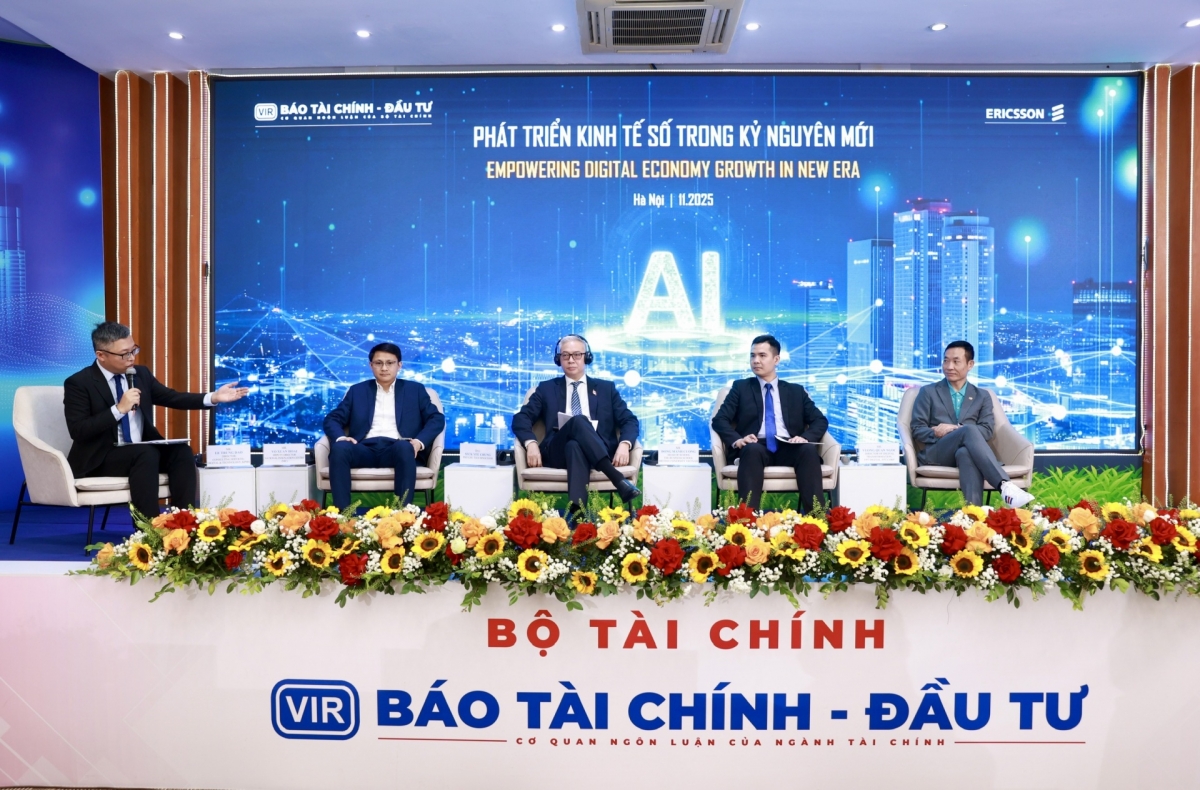INTERNATIONAL INVESTMENT
AND PORTAL
Developing more sustainable infrastructure systems is a prerequisite for changing the way that our economies and societies function, as well as achieving the Sustainable Development Goals and the targets of the Paris Climate Agreement.
Tech has revolutionised the way infrastructure is developed, and delivered. Power plants and distribution lines ensure a steady supply of electricity to villages, and water treatment systems have reduced diseases and saved millions of hours previously devoted to hauling water. But if such systems are executed in ways that destroy biodiversity, lock in fossil fuel consumption, or marginalise certain stakeholders, they can do as much harm as good.
Southeast Asian governments are already taking steps to improve digital services for the region’s socioeconomic development and recovery from the pandemic. However, the adoption and mass implementation of new technologies such as the Internet of Things (IoT) and clouds can be costly, and for digital transformation plans to be successful, using the right technology is critical.
Smarter tech adoptionAccording to the World Bank, electrification in East Asia and Asia-Pacific has improved in the last 20 years, but many communities in Southeast Asia still lack access to basic electricity supply. There is also a digital divide between urban and rural populations, in which 72 per cent of the urban population have an internet connection compared to only 38 per cent in rural areas.
Amid a massive wave of infrastructure expansion to meet the growing demand for these services, it is also important to assess sustainable services within the existing infrastructure. Is it fit for purpose, and can its performance be improved with the application of new technology?
At the World Economic Forum’s Country Strategic Dialogue on Vietnam 2021, Deputy Minister of Information and Communications Phan Tam reiterated the steps Vietnam is taking to push for digital infrastructure development in priority fields like education, healthcare, transportation, and agriculture.
As part of its plans, the country is considering the implementation of new technologies such as cloud computing, IoT, AI, and 5G to improve its telecommunication infrastructure and other digital services. However, despite the clear economic benefits of many new technologies for infrastructure, widespread adoption and usage often require investments and action by various water utilities and regional or national government entities.
Accelerating technology transferInternational cooperation can accelerate this process through the exchange of tried-and-tested solutions and technical know-how. This enables technological leapfrogging, which bridges the technological gap between more and less developed countries. With appropriate trials or pilots, both proven and frontier technologies can be transferred between countries to collectively increase social and economic development on a regional scale. This is exemplified by Vietnam’s economy, which is being structured around investments, manufacturing, and exports. Its development model follows that of high-income nations such as Singapore, Taiwan, and South Korea, in which investments flow into specific areas with endowments such as a large supply of competitive labour, after which value-added products are manufactured, processed, and exported.
The key to this model’s success is the ability to transport infrastructure that can handle increasing trade volumes as Vietnam looks to increase its manufacturing capacity. By leveraging the boom of technological disruptions, emerging economies can leapfrog to more advanced stages of infrastructure development in a cost-efficient manner.
Investing in tech research and developmentThe expansion of digital infrastructure across the globe shows that it is not always a single piece of frontier technology that brings immediate impact. Rather, the changes are evident in behaviour changes resulting from the broad adoption of several technologies iteratively. Companies and governments must invest in and support research and development for new technologies, even if the impacts may not be immediately tangible.
Taking reference from Singapore, the small city-state has had to develop innovative solutions to overcome acute resource constraints, such as land scarcity and the lack of natural resources. Singapore has been investing heavily in research and development in water technology and has built an extensive ecosystem to support this sector.
As a result, water companies have been drawn to Singapore for testing and developing water technologies, resulting in the continuous innovation and adoption of water solutions to improve the lives of many.
Accelerating the net-zero journeyWhether new and innovative technologies or tried and true, infrastructure planners should consider how different technological solutions can ensure that infrastructure investments are sustainable, inclusive, and resilient. To do this, Southeast Asian governments, investors, practitioners, and other stakeholders must work together in an integrated way to ensure that all countries can access and adopt the best technologies for developing smarter, more sustainable infrastructure.



















